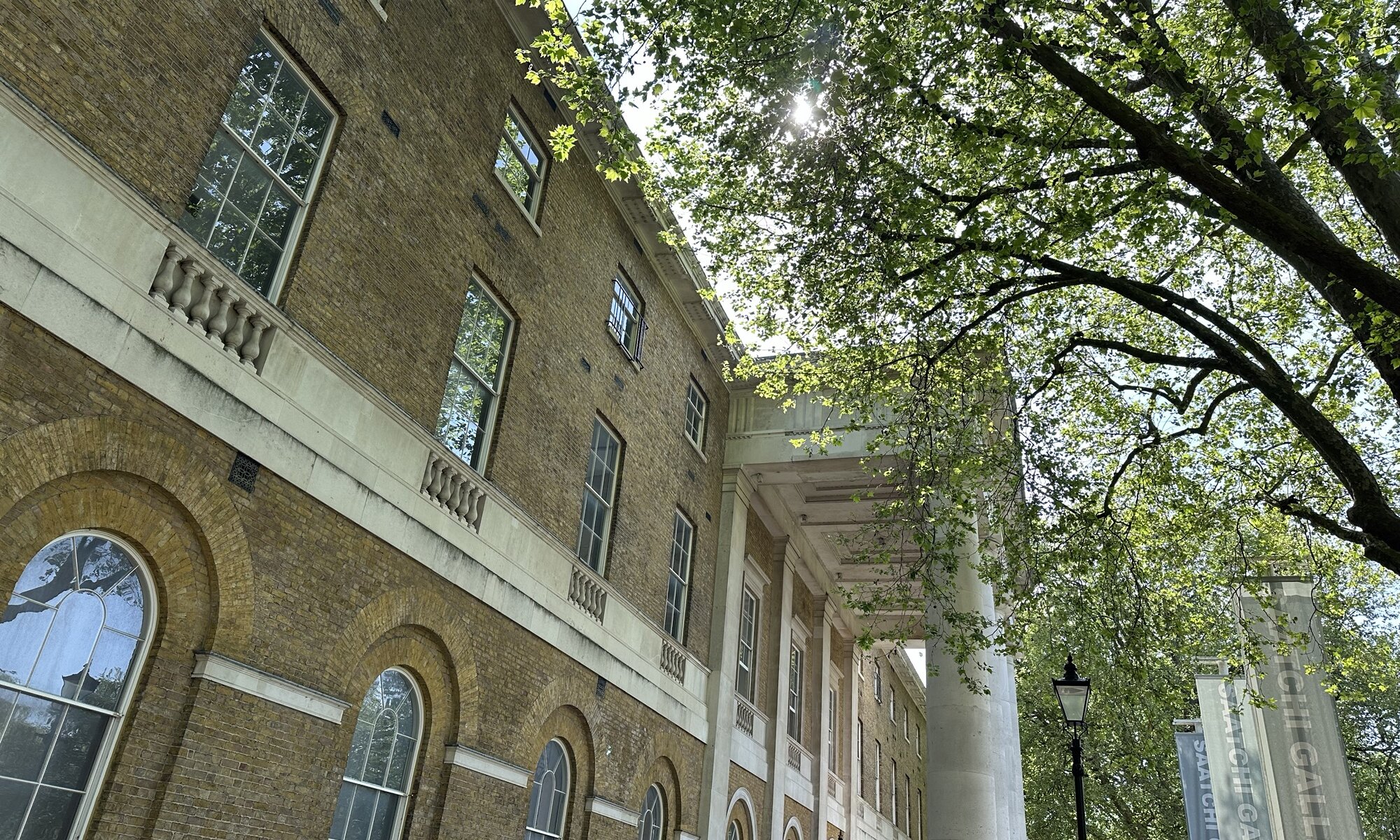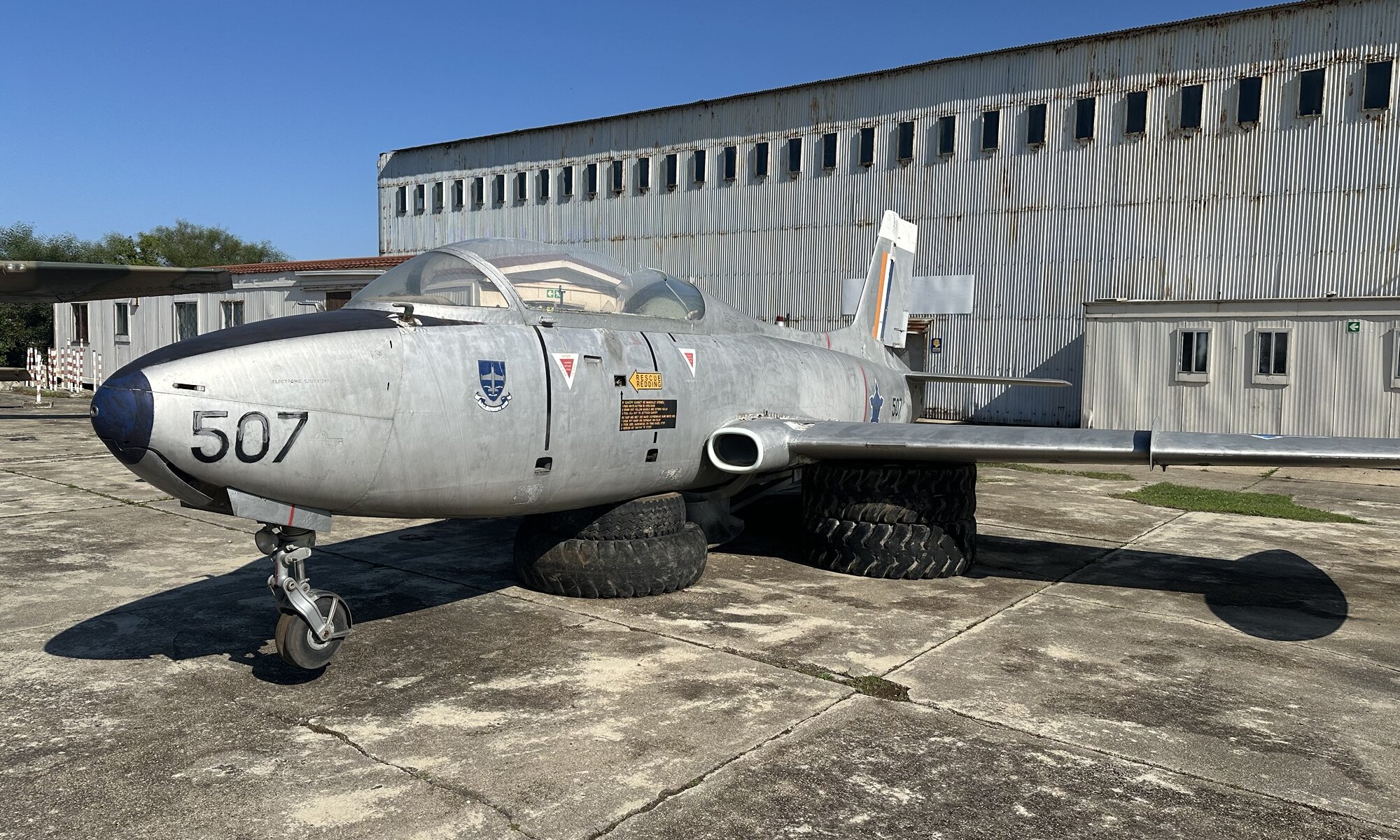What’s the most beautiful building at Monaco? The Cathédrale Notre-Dame-Immaculée, the Palais Princier or the Casino de Monte-Carlo? They’re all examples of beautiful architecture but I would rather nominate the Musée Océanographique, a historic museum building standing tall at the shore, high above the water in the city center of Monaco. It was created in 1889 by Albert I. of Monaco and inaugurated in 1910 in the presence of his German friend Wilhelm II.
Continue reading “Musée Océanographique”National Gallery
Throning above Trafalgar Square and Nelson’s Column you can find the National Gallery, a palace of art. Entrance is free of charge, on Friday evening the opening hours are especially long and you can loose yourself in the many rooms of this vast art museum. The exhibition contains more than 2,300 works from the 13th to the 19th century and was opened in 1824 which sounds early, but is rather later: while at Firenze, München and Paris large art collections were made available to the public the British royals kept their treasury for themselves for a longer time. These days the National Gallery of London could finally celebrate its 200th anniversary.
Continue reading “National Gallery”Portraits
The portrait section of art museums is typically one I walk through rather fast. Normally you’ll see there the classic oil paintings of people you don’t know; it is still art but less interesting to me. The National Portrait Gallery at London is very different as it combines portraits in various forms of paintings with photographs of different ages, busts and statues. Already close to the entrance you can meet Ed Sheeran, king Charles III and Nelson Mandela. You won’t only see portraits, but also different technologies to create them – and that is one reason why the National Portrait Gallery (NPG) is special.
Continue reading “Portraits”Courtauld Gallery
A visit to the Courtauld Gallery leads you into a very special building, the Somerset House. It was built in 1776 and was for long time the seat of aristocracy, later it was turned into a government building. Today Somerset House is a center of art which hosts an ice skating rink in winter and it is often used as backdrop in blockbuster movies. Since 1989 it houses the Courtauld Gallery which is focused on French impressionism and post-impressionism – a very good reasons to stop at Somerset House.
Continue reading “Courtauld Gallery”Saatchi
If you’re into contemporary art, the Saatchi Gallery at London is for you. Located at Chelsea close to the Sloane Square station it offers rather small exhibitions in a beautiful building; some free of charge, some ticketed. It was opened by art collector Charles Saatchi in 1985 to make his own collection accessible to the public. The building itself is the former headquarter of the Duke of York. Artists exhibited here are British ones like Damien Hirst; but you can also find works of some German artists like Jörg Immendorff.
Continue reading “Saatchi”Airforce
The South African Airforce Museum, located in Gqeberha, offers a fascinating glimpse into the history of the South African Air Force (SAAF) and its contributions to aviation and military history. The museum showcases a diverse collection of historic aircraft, including fighter jets, helicopters, and transport planes, many of which have been in active service during key moments in the country’s history.
Continue reading “Airforce”Transport museum
The Outeniqua Transport Museum, located in George in the Western Cape of South Africa, is a must-visit destination for history and transport enthusiasts. The museum is housed in a former railway station and showcases a fascinating collection of railway memorabilia, vintage locomotives, and carriages that tell the story of the region’s railway heritage.
Continue reading “Transport museum”Eidgenossen
The Huguenots were French Protestants who fled France in the late 17th century due to severe religious persecution after the revocation of the Edict of Nantes in 1685, which had previously granted them religious freedom. Many sought refuge in Protestant countries across Europe, but a significant number were granted asylum in the Cape Colony by the Dutch East India Company in the late 1600s and early 1700s. They were welcomed to South Africa for their expertise in farming, viticulture, and craftsmanship, which was highly valued in the development of the colony. The arrival of the Huguenots significantly influenced the agricultural practices in the region, particularly in wine-making, establishing the Cape Winelands as one of the world’s foremost wine-producing areas. Their contributions have left a lasting imprint on South African culture, especially in the Afrikaans language, architecture, and food.
Continue reading “Eidgenossen”Bo-Kaap
Between the city center of Cape Town and Signal Hill you can find a special city quarter that is mostly known for its colorful painted houses: Bo-Kaap. It has narrow and steep streets and is obviously not the prime location to built a city quarter on (even though it is really close to the city center); it is the place that the so-called Cape Malays were allowed to settle in. They’re a Muslim group whose ancestors were enslaved by the Dutch East India Company and brought to South Africa.
Continue reading “Bo-Kaap”(Natural) History
The South African Museum was founded in 1825 and is a wild mix of 1,5 million exhibits connected to South Africa. You can learn about regional stone carvings, sharks, land-bound animals, dinosaurs, the life of Nelson Mandela and visit a planetarium connected to the museum. In fact, the South African Museum is a combination of a natural history museum and an archaeology museum which feels a bit odd at the first moment as these types of museums are typically separated in Europe.
Continue reading “(Natural) History”









